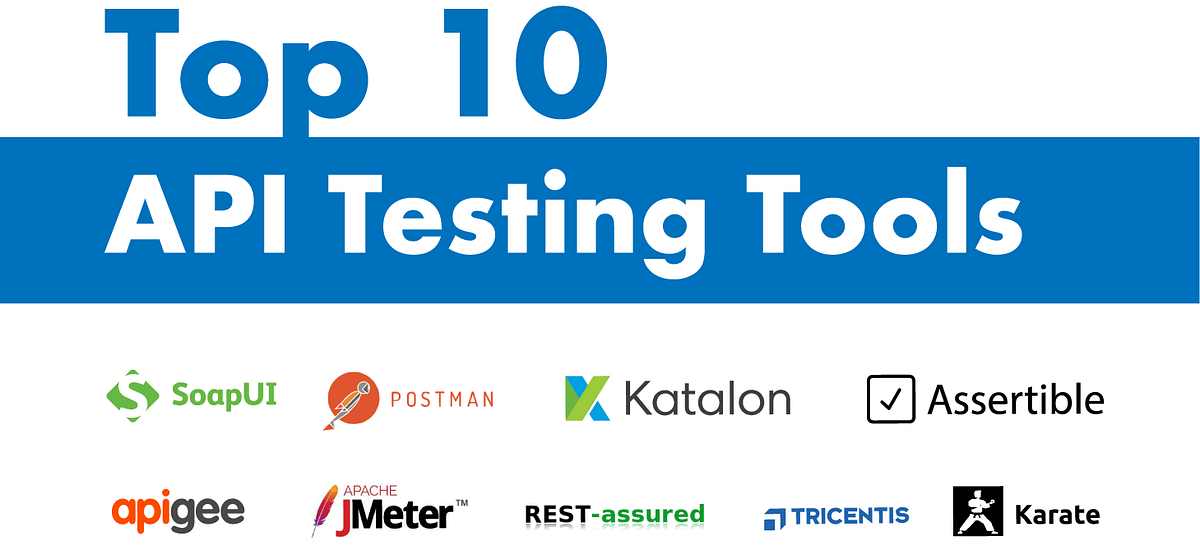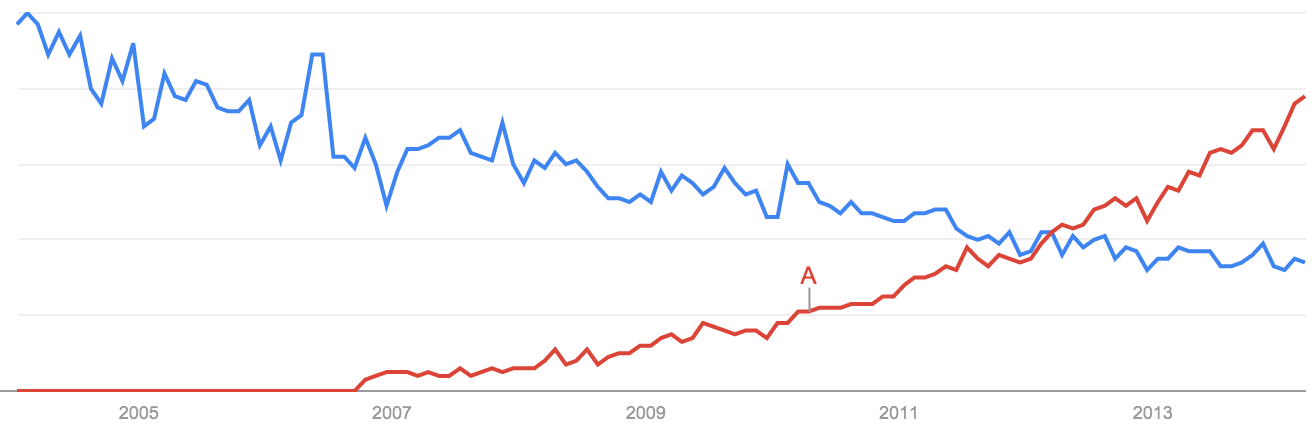
True/False (includes google trends data for low volume countries/regions as well). 60) to space off each API call.īack to top Interest by Region pytrends.interest_by_region(resolution='COUNTRY', inc_low_vol=True, inc_geo_code=False) If you are rate-limited by Google, you should set this parameter to something (i.e. the time period for which you would like the historical data. Year_start, month_start, day_start, hour_start, year_end, month_end, day_end, hour_end list of keywords that you would like the historical data. Can be images, news, youtube or froogle (for Google Shopping results)īack to top Interest Over Time pytrends.interest_over_time()īack to top Historical Hourly Interest pytrends.get_historical_interest(kw_list, year_start=2018, month_start=1, day_start=1, hour_start=0, year_end=2018, month_end=2, day_end=1, hour_end=0, cat=0, geo='', gprop='', sleep=0). For example: 'now 1-H' would get data from the last hour. Hourly: 'now #-H' where # is the number of hours from that date to pull data for For example: 'now 7-d' would get data from the last week. For example: 'today 3-m' would get data from today to 3months agoĭaily: 'now #-d' where # is the number of days from that date to pull data for. Specific datetimes, 'YYYY-MM-DDTHH YYYY-MM-DDTHH' example 'T10 T07'īy Month: 'today #-m' where # is the number of months from that date to pull data for Specific dates, 'YYYY-MM-DD YYYY-MM-DD' example ' ' For more information of Timezone Offset, view this wiki page containing about UCT offset. More detail available for States/Provinces by specifying additional abbreviations. The category starts after cat= and ends before the next & or view this wiki page containing all available categories Find available categories by inspecting the url when manually using Google Trends. You can also use pytrends.suggestions() to automate this. "/m/025rw19" is the topic "Iron Chemical Element" to use this with pytrends. Find the encoded topic by using the get_suggestions() function and choose the most relevant one for you. For example "iron" will have a drop down of "Iron Chemical Element, Iron Cross, Iron Man, etc". When using Google Trends dashboard Google may provide suggested narrowed search terms. Suggestions: returns a list of additional suggested keywords that can be used to refine a trend search. Top Charts: returns the data for a given topic shown in Google Trends' Top Charts section. Trending Searches: returns data for latest trending searches shown on Google Trends' Trending Searches section. 
Related Queries: returns data for the related keywords to a provided keyword shown on Google Trends' Related Queries section. Related Topics: returns data for the related keywords to a provided keyword shown on Google Trends' Related Topics section. Interest by Region: returns data for where the keyword is most searched as shown on Google Trends' Interest by Region section. It seems like this would be the only way to get historical, hourly data.

It sends multiple requests to Google, each retrieving one week of hourly data. Historical Hourly Interest: returns historical, indexed, hourly data for when the keyword was searched most as shown on Google Trends' Interest Over Time section. Interest Over Time: returns historical, indexed data for when the keyword was searched most as shown on Google Trends' Interest Over Time section. Pytrends.build_payload(kw_list, cat=0, timeframe='today 5-y', geo='', gprop='') Note: only https proxies will work, and you need to add the port number after the proxy ip address Build Payload kw_list = Note: the parameter hl specifies host language for accessing Google Trends. A dict with additional parameters to pass along to the underlying requests library, for example verify=False to ignore SSL errors.By default, backoff is disabled (set to 0). It will never be longer than Retry.BACKOFF_MAX. If the backoff_factor is 0.1, then sleep() will sleep for between retries.

Pytrends = TrendReq(hl='en-US', tz=360, timeout=(10,25), proxies=, retries=2, backoff_factor=0.1, requests_args= - 1)) seconds. Or if you want to use proxies as you are blocked due to Google rate limit: from pytrends.request import TrendReq Table of Contentsīack to top API Connect to Google from pytrends.request import TrendReq Looking for maintainers! Please open an issue with a method of contacting you if you're interested.
Google trends api free#
When that happens feel free to contribute! Only good until Google changes their backend again :-P. Allows simple interface for automating downloading of reports from Google Trends.







 0 kommentar(er)
0 kommentar(er)
